What is Terracotta Sculpture?
In the fine arts, terracotta is a type of material commonly used for ceramics and sculpture since ancient times. he word means ‘baked earth‘, indeed, it is a fired material made from a mixture of clay, sand, and water.
How is it Produced?
To create a piece, terracotta is molded or shaped and left to dry for several days. It is then fired at temperatures of at least 600ºC. This material is fireproof, being lighter in weight than stone. It is generally red and brown in color, although it can have layers to dye the color.
Fireproof Material.
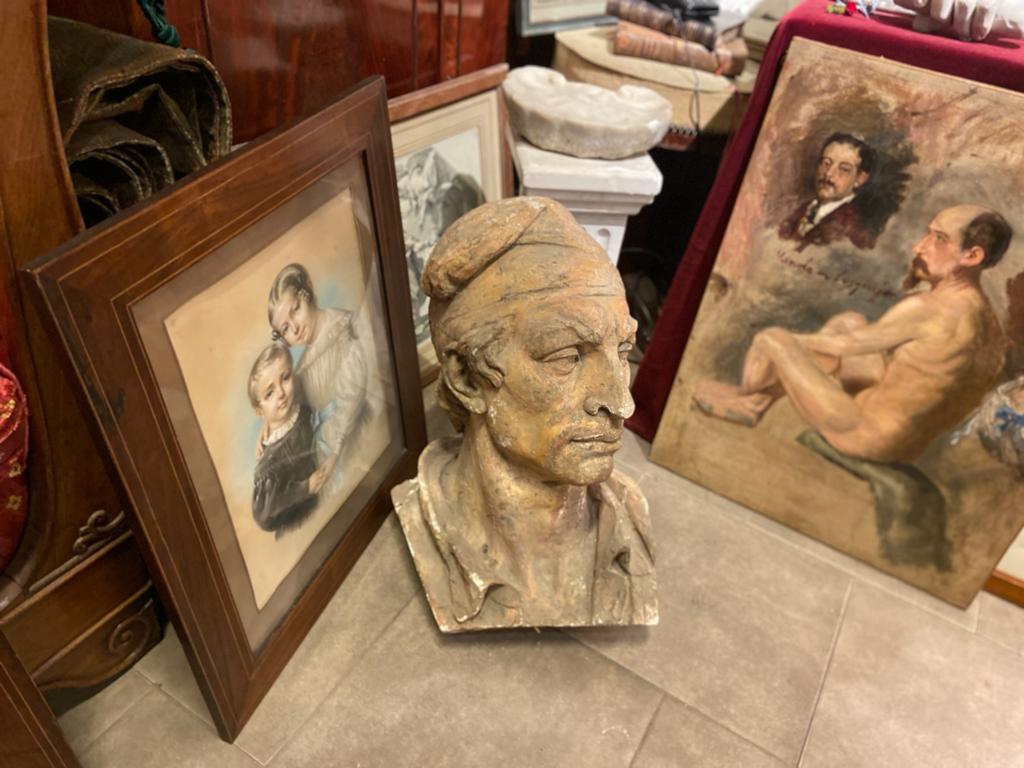
Escultura de terrracota de Le Bélier Antiques, en las Nuevas Galerías del Rastro.
History
Terracotta was first used in Prehistoric Art, as demonstrated by the notable Venus of Dolní Věstonice (26,000-24,000 BC), found buried in a layer of ash at a Paleolithic campsite in Moravia. Paleolithic terracotta figures were fired in primitive kilns, created under open fires. Famous terracotta figures from the Neolithic Art period include: The seated Goddess figure (c. 6000 BC) from Çatalhöyük, Anatolia, and The Thinker of Cernavoda (5000 BC) from the Lower Danube region in Romania.
Bronze and Iron Age artists continued the terracotta tradition; see, for example, the female fertility cult figures unearthed in Mohenjo-Daro, Pakistan (3000-1500 BC) and The Burney Relief (ca. 1950 BC) from ancient Mesopotamia. In China, potters and sculptors have proven to be equally skilled with clay. Indeed, Chinese art is responsible for the largest collection of terracotta sculptures ever found: the Terracotta Army (246-208 BC).
In conclusion, from the Mesopotamian Art Era along the Tigris and Euphrates, and Egyptian Art along the Nile, terracotta bricks and tiles have been used for centuries in the construction of domestic and civic structures. Terracotta is especially prominent in Chinese ceramics (from 10000 BC) and Greek ceramics (from 7000 BC), as well as in Minoan Art from Crete, and Etruscan Art on the Italian peninsula. In fact, terracotta statues prevailed in Greek architecture, mainly for decorating temples; while terracotta reliefs were a common feature of Roman architecture.
Later, the art of terracotta was revived during the Italian Renaissance and experienced a new rebirth during the 19th century.
Famous terracotta pieces from history:
- Venus of Dolní Věstonice (29,000-25,000 BC)
- The Thinker of Cernavoda (5000 BC)
- Terracotta Warriors (246-208 BC)
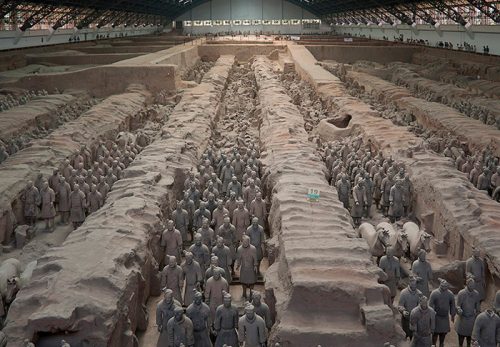
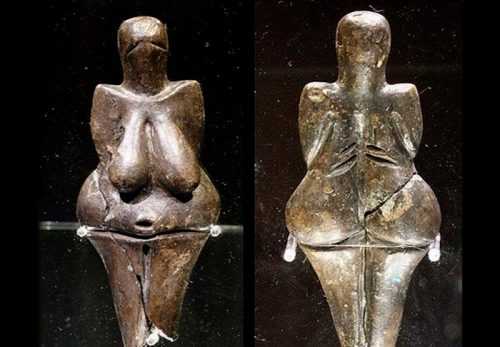
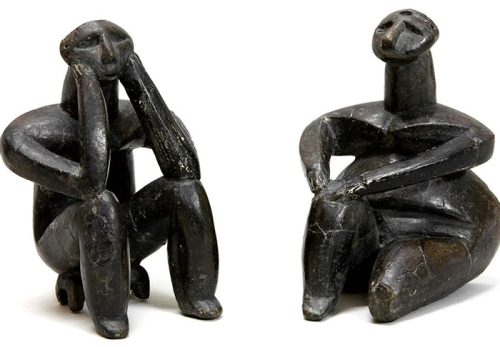
Terracotta Sculpture in Madrid
Terracotta sculptures can be seen in some of the finest art museums and sculpture gardens around the world. In Spain, the National Sculpture Museum is located in Valladolid. In Madrid, we invite you to explore the Nuevas Galerias of El Rastro in search of your terracotta treasure.
Where to acquire terracotta sculpture in Madrid?
From Nuevas Galerias of Madrid’s Rastro, we recommend visiting Le Belier Antiques in their gallery. More information at
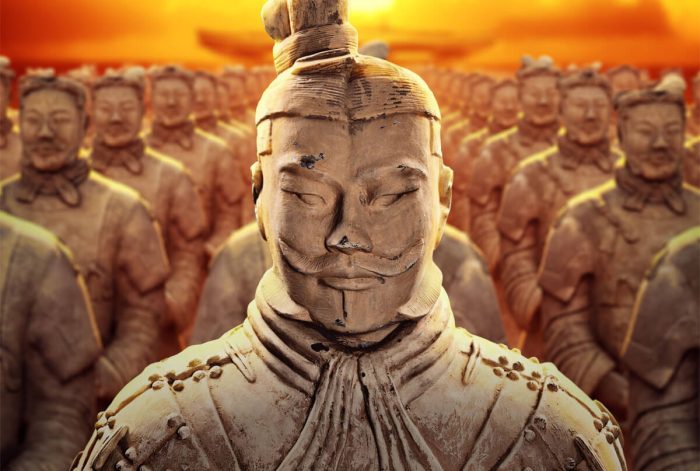

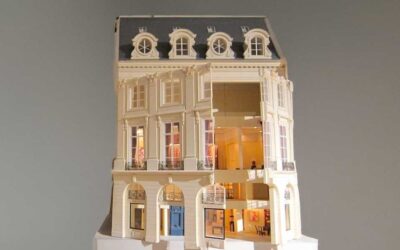
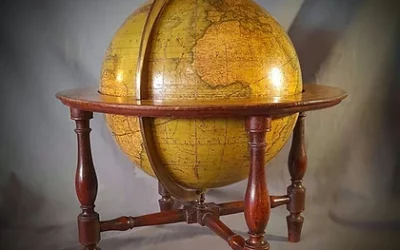
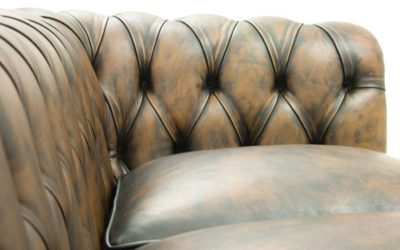

0 Comments